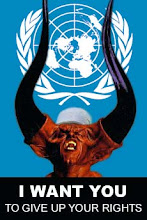Apocalyptic thought has a tradition that dates to the Persian prophet Zoroaster in the 14th century BC. Recently, anxiety has grown over the prediction of the end of the world in the Mayan calendar.
It's true that the Mayan odometer will hit zeros on 21 December 2012, as it reaches the end of a 394-year cycle called a baktun. But this baktun is part of a larger 8,000-year cycle called a pictun, and there's no evidence that anything astronomically untoward will happen as the current baktun slides into the next. However, that hasn't stopped the feverish speculating that sells books and cinema tickets.
What kind of catastrophe would it take to end the world? Astronomical intruders provide a potentially serious threat. Impacts can be caused by stray rubble from the Asteroid Belt and the rocky snowballs that travel in highly elliptical orbits in the comet cloud. There are many fewer large bits of debris than small bits, so the interval between large impacts is much longer than the interval between small impacts.


















No comments:
Post a Comment